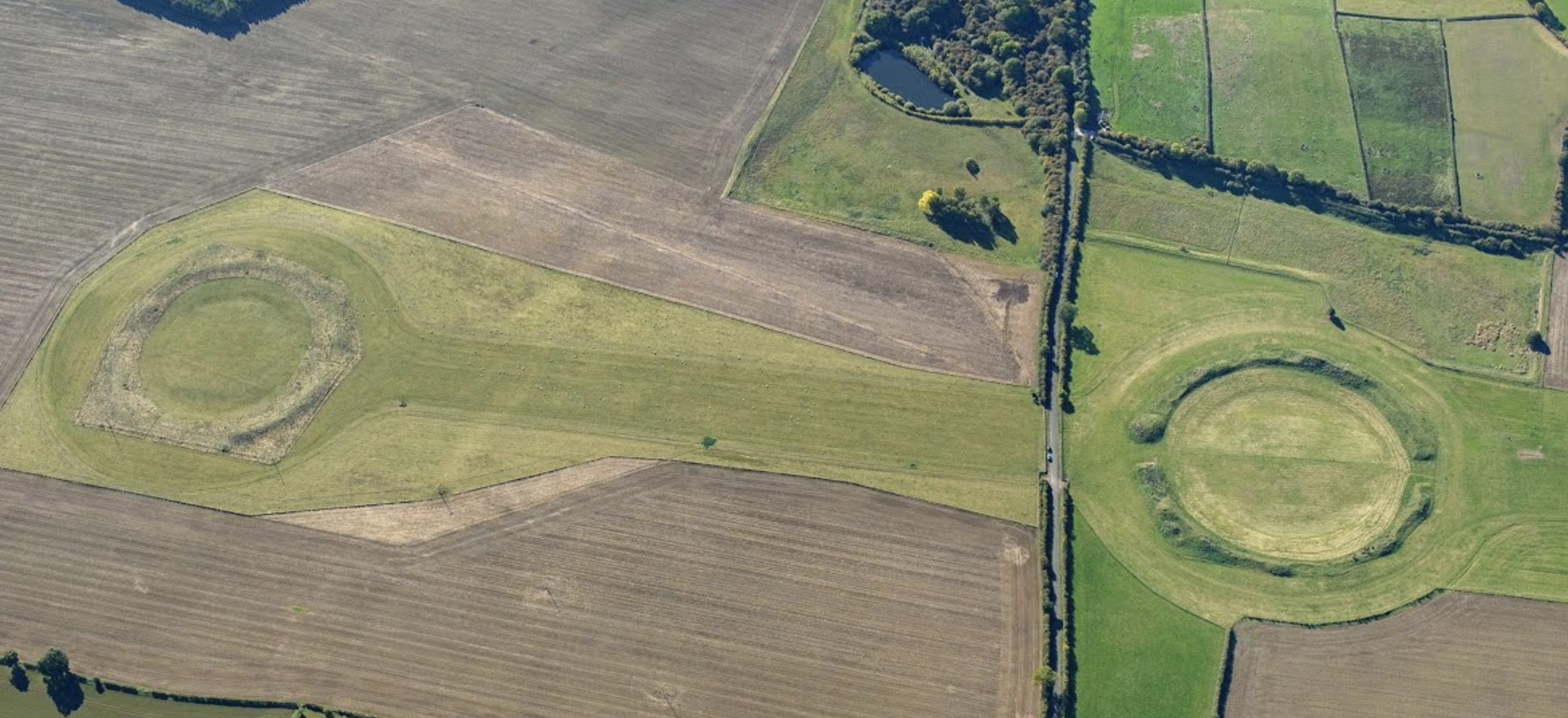Thornborough Henges is a prehistoric monument located in North Yorkshire, England. It consists of three large circular earthworks and a central mound, all of which are believed to have been constructed around 3500 BC. Despite being one of the most important archaeological sites in the UK, the purpose of Thornborough Henges remains a mystery to this day. Some experts believe it was a sacred space used for rituals and ceremonies, while others suggest it may have been a site for astronomical observation or even a place of healing. This article explores the enigmatic nature of Thornborough Henges and delves into the theories surrounding this ancient monument.
Exploring the History, Purpose, and Significance of North Yorkshire’s Enigmatic Earthworks
The Enigma of Thornborough Henges; Stonehenge of the North
Nestled near Ripon in North Yorkshire, the Thornborough Henges remain an intriguing puzzle for historians and archaeologists. These ancient earthworks, often referred to as the “Stonehenge of the North,” provide a tantalizing glimpse into the lives and beliefs of the people who built them. In this article, we delve into the history, purpose, and significance of Thornborough Henges, exploring what they can tell us about our prehistoric ancestors and their sacred spaces.
Thornborough Henges: A Journey Through Time
The Thornborough Henges, dating back to between 3500 and 2500 BC, consist of three massive circular earthworks, each over 200 meters in diameter. Each earthwork is called a “henge,” a term derived from an older version of the English word “hang.” In February 2023, building materials company Tarmac gifted the site to Historic England, making it part of the National Heritage Collection. Previously, the land was part of the Nosterfield Sand and Gravel Quarry.
Defining a Henge: Earthworks with a Unique Purpose
Historic England describes henge monuments as “enclosures where, unlike those with a defensive purpose, the ditch lies inside the bank.” Interestingly, this definition excludes Stonehenge, as its ditch lies outside its perimeter mound. The primary question remains: what were henges for, and why were they so significant?
Unraveling the Purpose of Henges: Meeting Points, Worship, or Astrology?
While henges were not defensive structures, they likely served as important social spaces for trade, worship, or astronomical observations. Unlike Stonehenge, the upright structures that once marked Thornborough Henges have long vanished. However, the time difference between the two sites, possibly ranging from 1,000 to 3,000 years, cautions against conflating theories due to remaining physical similarities.
The Thornborough Henge: A Sacred Space or Out-of-Town Graveyard?
Thornborough Henge’s relative isolation from occupation suggests it may have been used as a graveyard or a place for ritual burials. However, this theory is challenged by its association with a much older linear site with sacred overtones: cursus monuments. These long, narrow enclosures may have astronomical significance, aligning with celestial bodies, and should not be confused with contemporary linear structures like long barrows used for human burial.
The Knowlton Henge Connection: Evidence of Sacred Spaces
A 12th-century Norman church’s ruins within a henge at Knowlton, Dorset, provide a clue to the true nature of Thornborough Henge and possibly all henges. Throughout history, sacred spaces were often appropriated by dominant cultures, such as Christianity adopting pagan sites. The church within Knowlton Henge suggests that the original site was also a place of worship.
Thornborough Henge as a Sacred Space for Speculation
While we may never know for certain, it’s possible that Thornborough Henge, more similar to Knowlton Henge than Stonehenge, served as a sacred space. Thanks to the recent addition to the National Heritage Collection, visitors can now speculate and appreciate these enigmatic earthworks up close.
Featured image: An Aerial shot of the Thornborough Henges. The Guardian / YouTube.
PLEASE READ: Have something to add? Visit Curiosmos on Facebook. Join the discussion in our mobile Telegram group. Also, follow us on Google News. Interesting in history, mysteries, and more? Visit Ancient Library’s Telegram group and become part of an exclusive group.

